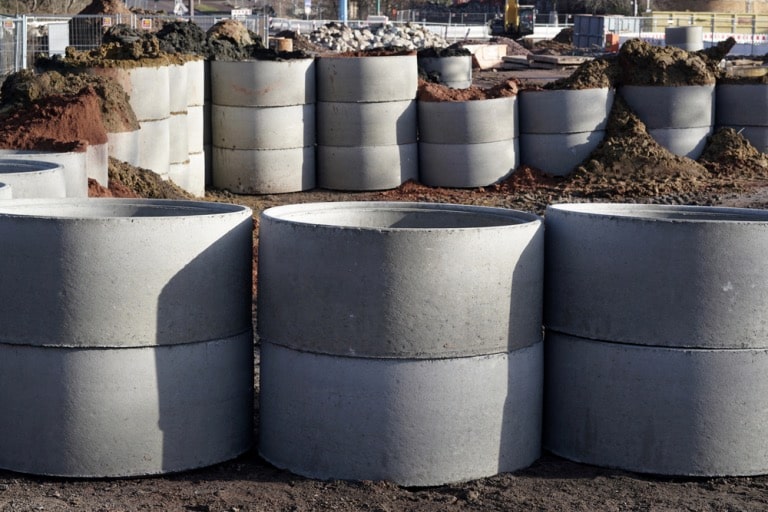5 Common Mistakes to Avoid in Choosing Concrete Box Culverts

Imagine that you are in charge of a building project and have to choose the right parts to make sure it goes well. When it comes to drainage and the integrity of the infrastructure, concrete box culverts are one of the most important choices.
However, because construction projects are so complicated, there are common mistakes that can be made when choosing these important parts. This article will delve into five common mistakes to steer clear of when choosing concrete box culverts for your construction endeavors.
1. Neglecting Site Assessment and Analysis
Before choosing culverts, it is important to look at things like the type of soil, the flow of water, and the conditions of the site. If you do not do this assessment, you might put or size culverts incorrectly, which could lead to drainage problems, erosion, or structural failures.
By looking at the site carefully, you can pick the culvert size and design that will best handle the water flow and the weather.
2. Ignoring Hydraulic Requirements
When water flows through culverts, they need to be able to handle it without flooding or getting clogged. Ignoring hydraulic needs can lead to culverts that are too small, which can cause flooding, erosion, or damage to infrastructure.
For the best culverts that meet hydraulic needs and keep water flowing properly, it is important to think about things like peak flow rates, stormwater management, and design standards.
3. Not Considering Load Requirements
The weight of vehicles, equipment, and other loads going over culverts must be able to hold it up. If you do not think about how much weight something can hold, it could fail or collapse, which could be dangerous and cause problems with transportation routes.
It’s essential to choose culverts with adequate load-bearing capacity and comply with design standards and regulations to ensure durability and safety.
4. Failing to Account for Environmental Factors
Failing to account for environmental factors can lead to unforeseen challenges and impacts on culvert performance. Factors like soil erosion, water quality, wildlife habitat, and floodplain management should be considered during culvert selection and design.
Ignoring these factors can result in ecological damage, habitat loss, or regulatory non-compliance. By assessing environmental factors upfront, you can choose culverts that minimize environmental impacts and promote sustainable infrastructure development.
5. Not Seeking Professional Advice and Expertise
Civil engineers, hydrologists, and other professionals have the knowledge and experience to assess site conditions, analyze hydraulic requirements, and recommend appropriate culvert solutions.
Not involving experts can lead to suboptimal culvert selection, costly mistakes, and project delays. Consulting with professionals ensures that culverts are designed and installed correctly, meeting project needs and regulatory standards.
Ensure Successful Culvert Selection and Infrastructure Development
Choosing the right concrete box culverts is essential for the durability and functionality of your infrastructure projects. So, apply these lessons learned and embark on your construction projects with confidence, knowing that you’ve taken the necessary steps to ensure their strength and resilience.




